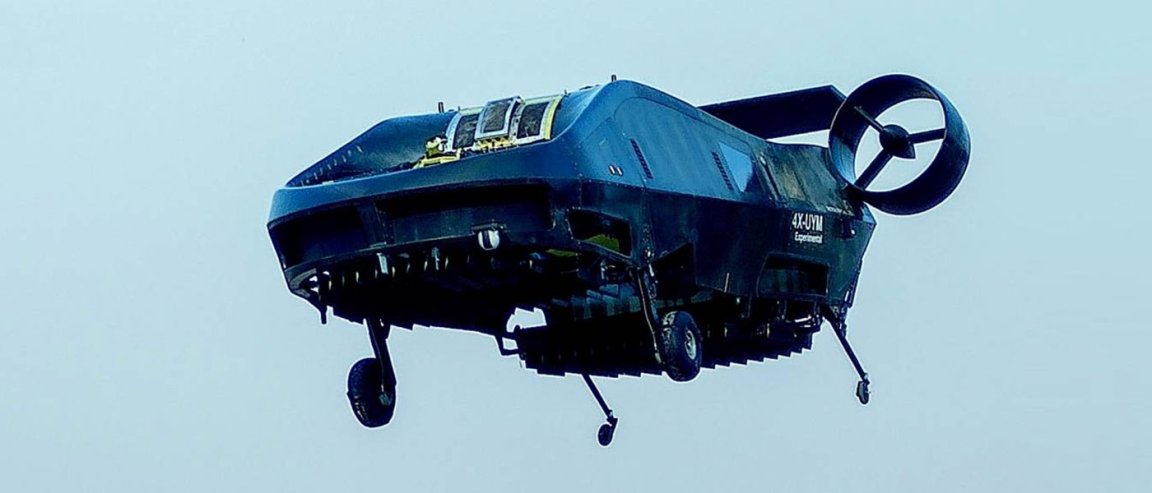
As tech companies, car manufacturers, and governments like France usher in a self-driving transit ecosystem, handing the keys over to computers seems to make more sense.
Israeli firm Tactical Robotics wants to take self-piloting tech to the air. AirMule, an autonomous vertical take off and landing (VTOL) prototype capable of carrying people and supplies, has just demonstrated its first fully untethered autonomous flight along a preplanned route.

The unmanned aerial vehicle (UAV) — now known as Comorant — uses internal rotor blades and rear horizontal thrust ducted fans to take off. It also has two laser altimeters, a radar altimeter, inertial sensors, and an electro-optic payload camera as sensors to guide its flight decisions.
That doesn’t mean the whole flight was smooth sailing. On three occasions, the robot’s flight management system (FMS) had to take over the autonomous flight control system (FCS) because the tech made incorrect decisions. And two times the FCS misjudged altitude due to inaccurate laser altimeter readings, causing the transport to land early.
“While the FCS was ‘learning’ to fly the aircraft through the various pattern maneuvers, the FMS was continuously monitoring the level of safety, and making judgements regarding if and when to intervene,” Tactical Robotics said in a press release.
More R&D is clearly in order. But the manufacturers say the UAV will one day be able to land and take off vertically from rough terrain human pilots can’t handle. They envision the drones carrying supplies and soldiers to battlefields and war zones.